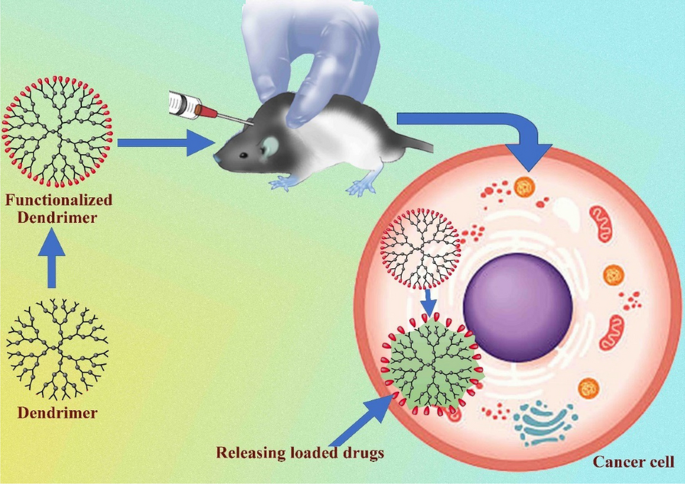Role of Nanoparticles in Targeted Drug Delivery Systems
DOI:
https://doi.org/10.64062/JPGMB.Vol1.Issue5.12Keywords:
Nanoparticles, Targeted Drug Delivery, Polymeric Nanoparticles, Liposomes, Metallic Nanoparticles, Dendrimers, Quantum Dots, Preclinical StudiesAbstract
Nanoparticles have become a game changer and the multifunctional system in delivery of drugs to be used in addressing the shortfalls of traditional therapeutic i.e. low solubility, systemic clearance and lack of targeting that tends to diminish effect and increase side effects. To date, preclinical animal models have shown that varying platforms of nanoparticles, including polymeric nanoparticles, liposomes, solid lipid nanoparticles, metallic nanoparticles, dendrimers, and quantum dots, have the potential to improve therapeutic outcome by determining the accumulation of drugs within the body, by controlling and prolonging their release, and by improving bioavailability as well as selective deposition in target tissues. These systems have demonstrated to have potential in a vast field of applications including oncology, neurodegenerative disorders, antimicrobial therapy and anti-inflammatory treatment. The safety and biocompatibility of polymeric and lipid-based nanoparticles are typically favorable, and with metallic nanoparticles, although these types of nanoparticles are multifunctional and have theranostic potential, there is a risk of accumulation or toxicity over time. The animal research has also emphasized the key role of particle size, surface functionalization and composition in determining pharmacokinetics, biodistribution and therapeutic efficacy. However, interspecies variability, large-scale synthesis that can be reproduced and reproducible, standard toxicity tests and optimization of targeting strategies are still critical barriers to clinical translation. Further research on biodegradable nanoparticle substitutes, long-term safety analysis, and comparative studies done systematically are necessary to ensure full utilization of the potential of nanoparticle-based drug delivery system and develop it to a safe, effective, and clinically viable drug delivery system.




